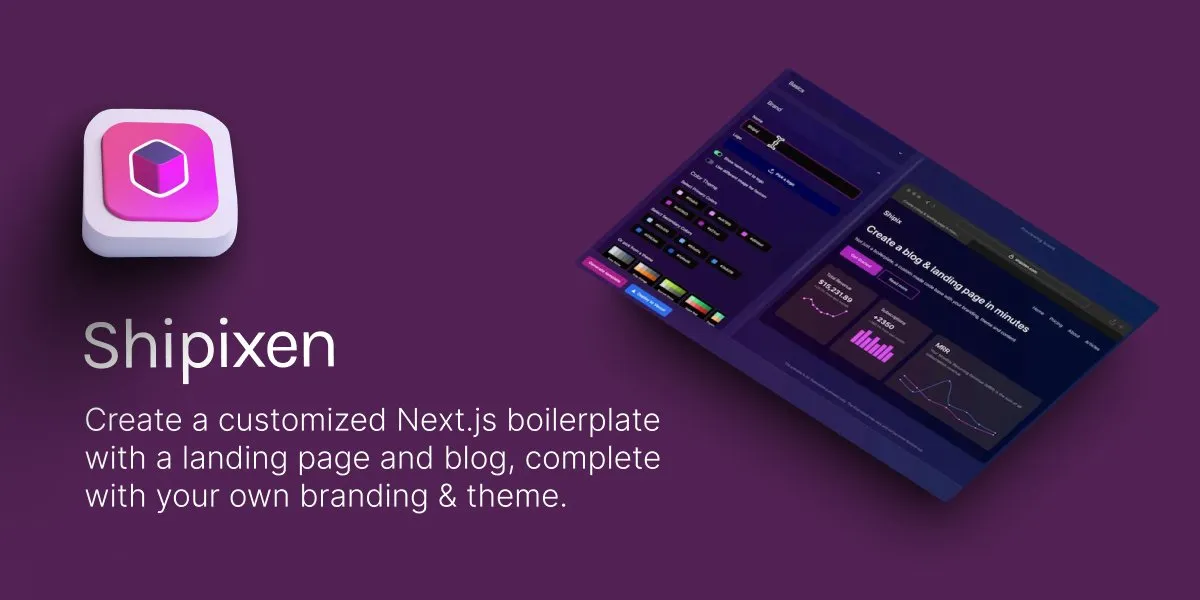Published on 2024-03-03 by Dmytro Krasun
The Open Graph protocol allows web pages to become rich objects in a social graph, enabling any web page to have the same functionality as any other object on social media platforms like Facebook, LinkedIn, and Twitter.
It works by allowing web pages to include specific metadata tags in the HTML that can influence how the page is represented when shared or liked on social platforms.
The minimum required Open Graph tags that must be specified are:
og:titleis the title of your article or page.og:typeis the type of your content (e.g., article, website).og:imageis an image URL which should represent your content.og:urlis the canonical URL of your page or article.
Check out an example of how Shipixen uses meta tags in the HTML:
<meta property="og:title" content="Make custom Next.js boilerplates with an MDX blog, TypeScript and Shadcn UI"/><meta property="og:description" content="Branded boilerplates for your website, product or blog. Get an SEO optimized Markdown blog running Next.js 14, TypeScript, TailwindCSS + Shadcn UI. Deploy to Vercel with 1 click."/><meta property="og:url" content="https://shipixen.com/" /><meta property="og:site_name" content="Make custom Next.js boilerplates with an MDX blog, TypeScript and Shadcn UI"/><meta property="og:locale" content="en_US" /><meta property="og:image" content="https://shipixen.com/static/images/ogImg.jpg"/><meta property="og:type" content="website" />These tags help ensure that when a link to your site is shared on social media, it displays with a title, image, and description that accurately represent the content of the link.
On social media the resulting image of Shipixen looks like:

Using Open Graph meta tags can improve user engagement and click-through rates. Make sure you don’t miss on that opportunity and check our Open Graph examples for inspiration.